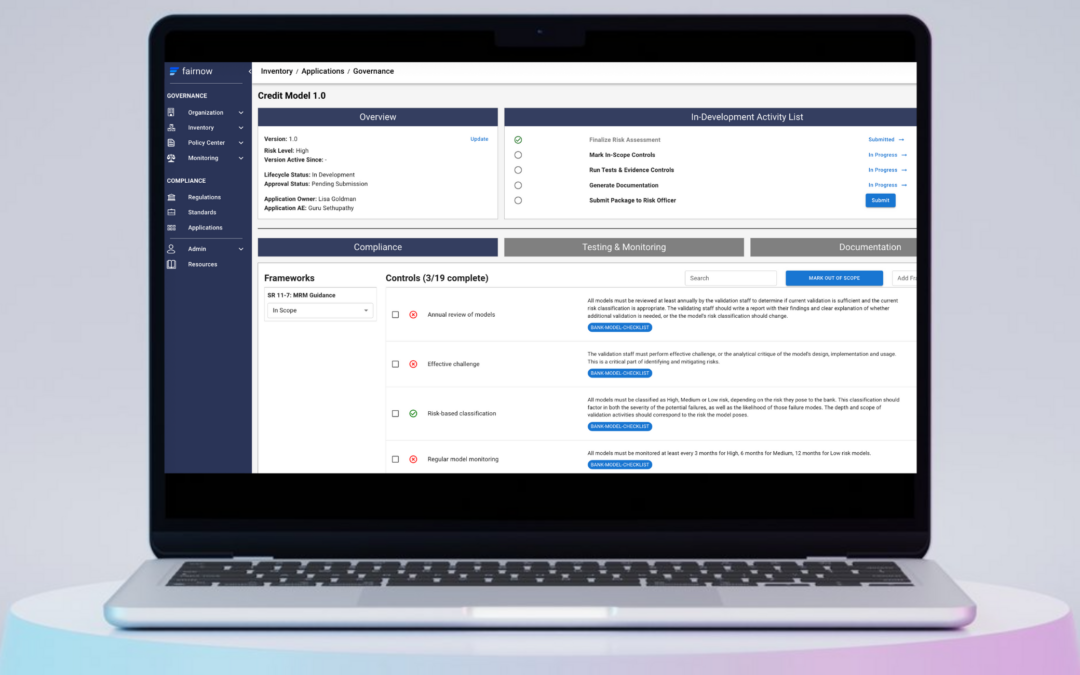What Is Adverse Impact Analysis? The Simple Definition
This is typically a bias audit that specifically evaluates an automated employment decisioning tool (AEDT) under the four-fifths rule, which is used by the EEOC as a potential sign of discrimination. The four-fifths rule is violated when the ratio between the selection rates (or pass rate) between the highest and lowest scoring groups (e.g. race or gender categories) is less than 80%.
The Technical Definition
Adverse Impact Analysis is a concept primarily used in the context of employment and human resources, particularly in the United States. It refers to a set of procedures used to evaluate the fairness and equity of employment practices.
Adverse Impact Analysis is a statistical assessment used to identify and quantify disparities in employment outcomes (such as hiring, promotion, or termination) among different demographic groups, particularly focusing on protected categories such as race, sex, age, religion, or disability. The analysis aims to determine whether a particular employment practice or policy disproportionately affects one group more than others.
The Uniform Guidelines on Employee Selection Procedures (1978) in the U.S. defines adverse impact as a substantially different rate of selection in hiring, promotion, or other employment decisions that work to the disadvantage of members of a race, sex, or ethnic group. A common rule of thumb to identify adverse impact is the “80% rule,” which states that the selection rate for any race, sex, or ethnic group should be at least 80% of the rate for the group with the highest selection rate.
Explain It Like I’m Five
Imagine you have a big bag of candies, and you have many friends who want some of them. Now, imagine if you only gave candies to friends who have blue shirts, and friends with red or yellow shirts didn’t get any. That wouldn’t be fair, right?
Adverse Impact Analysis is like making sure everyone, no matter what color of shirt they have, gets an equal chance to get candies. In jobs, it means making sure everyone, no matter their background, has an equal chance to get hired or promoted.
Use It At The Water Cooler
How to use “adverse impact analysis” in a sentence at work:
“After reviewing our hiring practices, we decided to conduct an adverse impact analysis to ensure that our recruitment procedures are fair and do not disproportionately affect any specific gender or ethnic group.”


